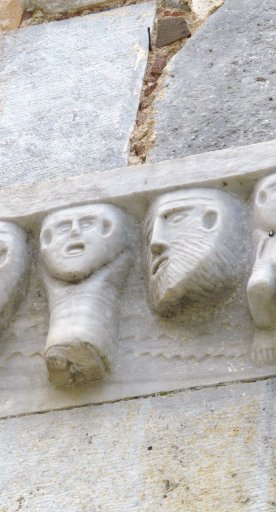Church and Convent of Sant’Agostino in Pietrasanta
A historic building brought back to life through exhibitions and events
The Church of Sant’Agostino is located in the main piazza in Pietrasanta. It was built by the Augustinians in the mid-1300s, thanks in part to donates by rich merchants from Lucca. The church is one of the main Gothic buildings in the area, even if it has undergone later changes and modernizations. The most evident were carried out in the 1500s, including the closure of some double-arched windows that were replaced by square openings. The bell tower is more recent, dating to the end of the 1700s.
Inside the church, there is a single nave, even though the façade, vaunting three large marble arches, makes you think differently. One curious element is the floor, which is spread across various levels because of the terrain the church was built on. There is also a large number of painted altars, nine in total: the most important is the one depicting the Annunciation, which is attributed to the Lucca-based painter Taddeo Zacchia.
The building is also tied to a particular person in history: this is where father Eugenio Barsanti celebrated his first services, known along with Felice Matteucci as the inventor of the internal combustion engine. For a period, there was a commemorative bust on display inside the church, but it has since been moved to Santa Croce in Florence, where the man is buried.

Connected to the church was the Augustinian convent, today used for contemporary art exhibitions and events, and is a civic library and home to the Models Museum. The cloister is characteristic, with elegant marble columns and many frescoed lunettes depicting episodes from the life of St. Augustine.









